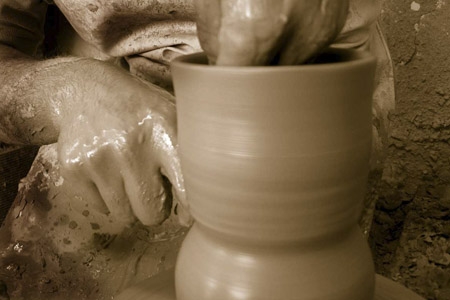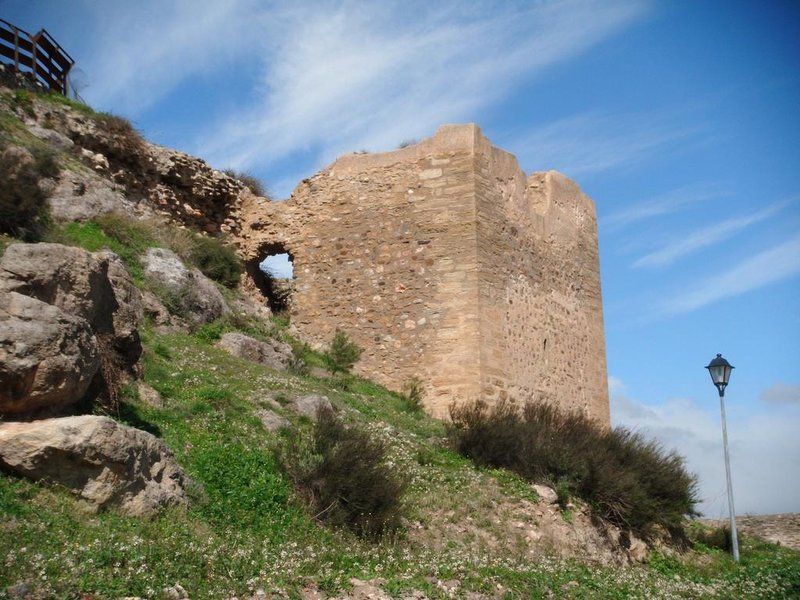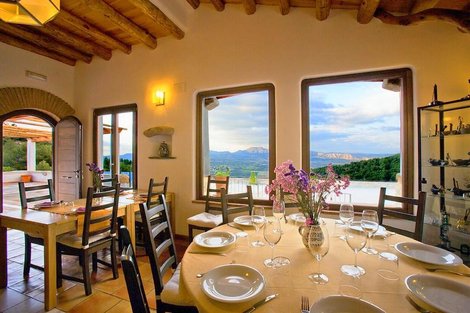A LAND TO BE LIVED
Nature, history and human activity
 The Almeria region of the Almanzora Valley owes its name to the river that crosses it, on whose banks the first prehistoric settlers settled, initial nuclei that over the centuries gave rise to the twenty-seven municipalities that today make it up. Its limits are fixed to the north with the region of Los Vélez, east with Levante Almeria, south with Filabres and west with the town of Baza Granada. The axis of communications that structures this wide area is the A-334 Huercal Overa-Baza highway, a path that facilitates access to the many places of interest that can be found in this unique area of Andalusian geography.
The Almeria region of the Almanzora Valley owes its name to the river that crosses it, on whose banks the first prehistoric settlers settled, initial nuclei that over the centuries gave rise to the twenty-seven municipalities that today make it up. Its limits are fixed to the north with the region of Los Vélez, east with Levante Almeria, south with Filabres and west with the town of Baza Granada. The axis of communications that structures this wide area is the A-334 Huercal Overa-Baza highway, a path that facilitates access to the many places of interest that can be found in this unique area of Andalusian geography.
You have to go up the Almanzora river, marked by almond blossoms, orange trees and orchards, to discover the contrasts that its valley offers. From there, it surprises the monumentality of a Sierra of open and white bowels: the marble, the raison d’être of practically all the peoples of the Valley.
The Almanzora Valley is linked to the industrial exploitation of its natural resources, with outstanding manifestations such as mining, wine production, oil production, agriculture such as the almond tree or the meat industry. All that heritage, technology and “know-how” represents one of the features that have most characterized the way of being, the history and the culture of the people that make up this tourist area.
The taste is grateful to taste the pot of fennel, the rabbit fry, the gurullos with hare, the stewed partridges and the sighs of almond.




